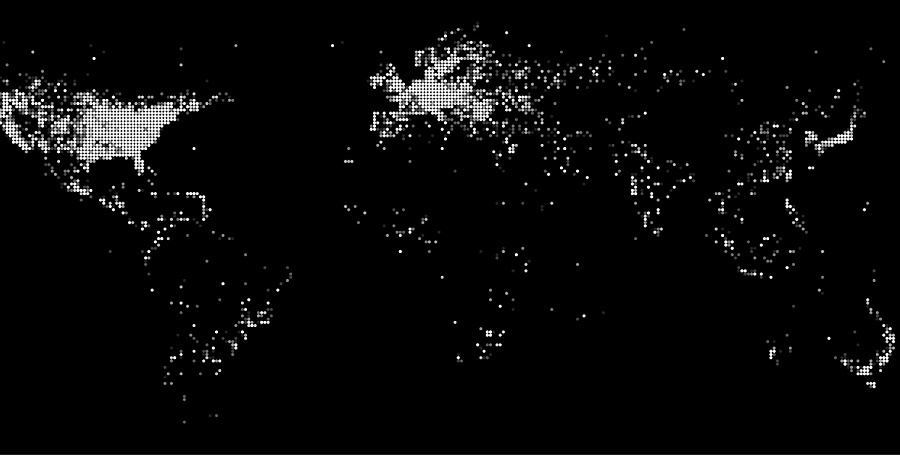MENA by the numbers: what do they really mean?

Internet penetration, media consumption or ecommerce spending rates all tell one piece of a broader story about how the internet is being used in a country.
In MENA these details can create some surprising anomalies, as countries embroiled in war come out as most improved in internet penetration, or a geographic outlier beats a common favourite by population rates alone.
What these figures do reveal are the kinds of opportunities that are arising - and perhaps even where the next boom market might be.
Who has the most internet
The chart below shows internet penetration by percentage of population in MENA between 2011 and 2016, ranked by from highest to lowest growth over that time (data from Internet Live Stats).
Iraq and Yemen can beat all other countries in MENA in this race because, despite the long-running conflicts enveloping both states, they are coming off very low bases (see the comment section for an explanation if you're confused by this).
But if you’re looking for a market with the highest number of savvy web users, you will clearly be heading to the Gulf, to Lebanon, or intriguingly to Palestine (Or if persuaded by the image below, the US or Europe).

But in terms of numbers of people who actually have access to the internet the markets to be looking at are Egypt, Saudi Arabia and the dark horse of Morocco.
On paper, at least, Egypt looks like the MENA market with the most.
Media madness
It should no longer surprise anyone that people of all ages, almost everywhere, are spending more time on their phones and streaming TV shows.
Payfort has produced an infographic explaining Global Web Index data on digital versus tradition media consumption, which found that Saudis and Emiratis have good or very good internet access and prefer online media to offline.

Indeed, both Saudi and the UAE, the only countries from the Middle East that the report covered, saw very high rates of digital media consumption compared to their global peers, and particularly compared to Western Europe, the US and Australia which all prefer breakfast television or a newspaper with their morning coffee, rather than a website.
This information, when combined with the growing number of internet users in the region, is good news for the growing number of Arabic content startups such as Uturn and Tech Bel3arabi.

Shopping spree
Both of these sets of numbers tell a story about ecommerce.
Entities such as Souq are moving into ‘content creation’ to bring customers into their online world and keep them there, capitalizing on high rates of online media consumption.
But for Payfort’s 2016 State of Payments the countries it considered worth looking at were those with high internet and smartphone penetration - the UAE, Saudi, Kuwait, Lebanon and Qatar - as well as the region’s behemoth Egypt and Jordan, the birthplace of tech in MENA.

Palestine, Bahrain and Oman, which have similar population sizes to Qatar and Kuwait and similarly high internet penetration, were not included, nor was far off Morocco, though its internet connected population is the third largest in MENA.
Where Iraq, Yemen may be most improved, Saudi the biggest mobile user, and Egypt the biggest market by a factor of 10 million people, it’s still the UAE that wins at ecommerce: it’s market was worth $8.24 billion in 2015, according to Payfort.
The data shows that MENA’s online users and markets are growing inexorably, be they in wealthy Dubai or war torn Sana’a. Smartphone and internet penetration are markers of ecommerce potential - in some areas - but sheer population size opens doors for Egypt but not for Morocco.


